Name Claude Cormier Role Architect | Structures Sugar Beach | |
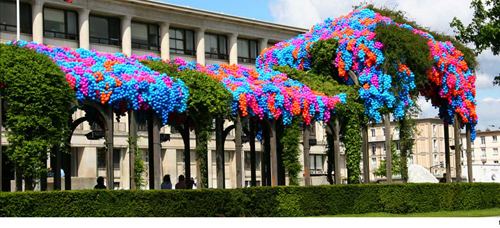 | ||
Education University of Toronto, University of Guelph, Harvard University | ||
Building ideas in the city claude cormier tedxyouth montreal
Claude Cormier (born June 22, 1960) is a landscape architect from Quebec. He is one of the most influential members of his profession in Canada, with the majority of his projects located in Montreal and Toronto.
Contents
- Building ideas in the city claude cormier tedxyouth montreal
- Claude cormier landscape architect
- Biography
- Influences
- In Quebec
- Elsewhere in Canada
- In the United States
- In other parts of the world
- References
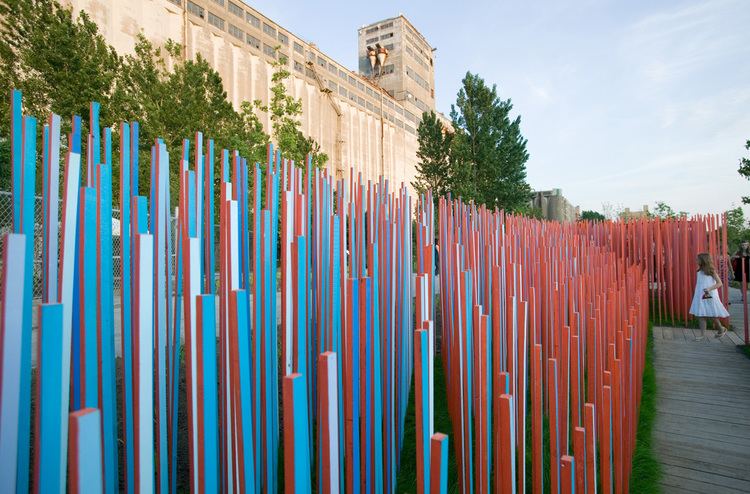
Claude cormier landscape architect
Biography
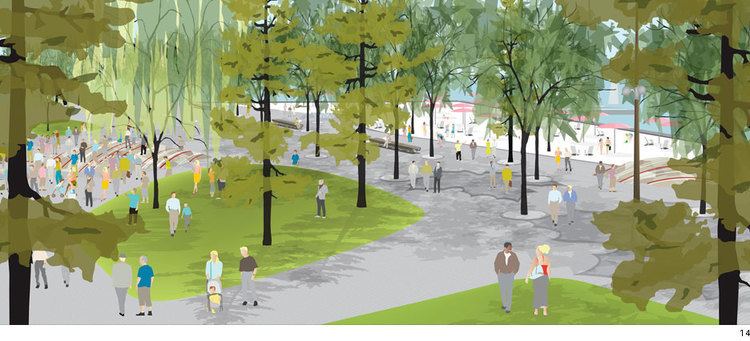
Claude Cormier’s origins have played a significant role in determining his unusual professional trajectory. During his childhood growing up on a farm in rural Quebec, "nature" was a quotidian reality to be dealt with, not the idealised, bucolic or romantic idea held dear by many city-dwellers hold dear. In his eyes, nature was a resource, not an experience of the sublime, and in no way did this nature represent for him a place of escape.
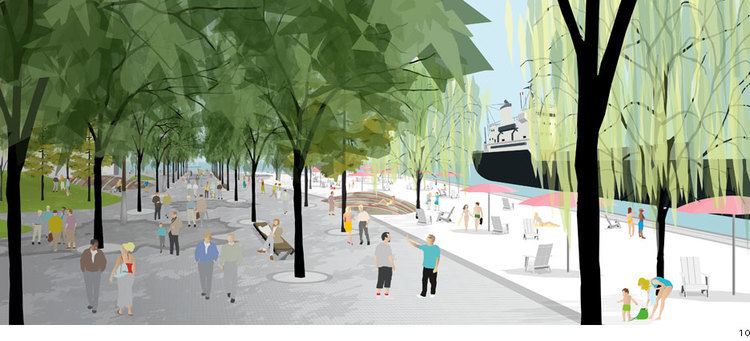
As a young adult, Cormier decided to study agronomy at the University of Guelph, in Ontario, where his goal was to develop a new flower through genetic crossing. With bachelor's degree in hand, he realized that he was not so interested in plant genetics, but rather in how to make nature more playful. His studies in science, which focused on the possibilities of inventing new forms, would prove useful later in his career when he would apply his knowledge of interbreeding and hybridization to the urban landscape. Cormier studied landscape architecture at the University of Toronto, and after earning a new diploma, spent some time working for landscape architecture firms such as Gerrard & Mackars. He then decided to return to Quebec and settle in Montreal, where he worked for Groupe Lestage, an architecture and urban design firm that, by hiring him, expanded its practice by offering landscape architecture services.
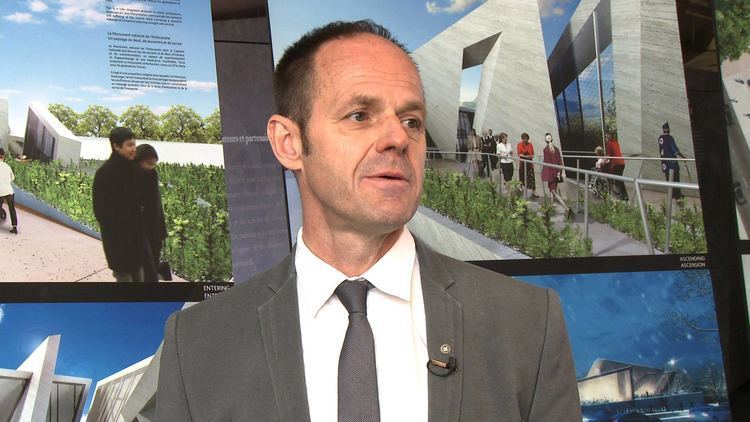
At age 33, circumstances led Cormier to Harvard University, where he completed a master's degree in Design Studies - History & Theory. He was drawn to Harvard specifically by Martha Schwartz, a long-time mentor and a leading figure in the world of landscape architecture. During his time at Harvard, he worked a Schwartz’s office, where he had the opportunity to explore and refine ideas and concepts that he had been contemplating for some time, and which would soon become manifest in his own work. After Harvard, Cormier returned to Montreal in 1995 to open his own firm: Claude Cormier Architectes Paysagistes Inc.
Influences

Claude Cormier belongs to the second generation of landscape architects known as the conceptualists, a movement initiated principally by Martha Schwartz. As with postmodern architecture and conceptual art, this approach prioritizes the concept, or "big idea" as the driving force behind a project. This concept is applied across scales to articulate even the smallest aspects of the project, throughout the design process from beginning to end. Notably, this conceptualist approach marks a radical departure from functionalism as part of the modernist movement.
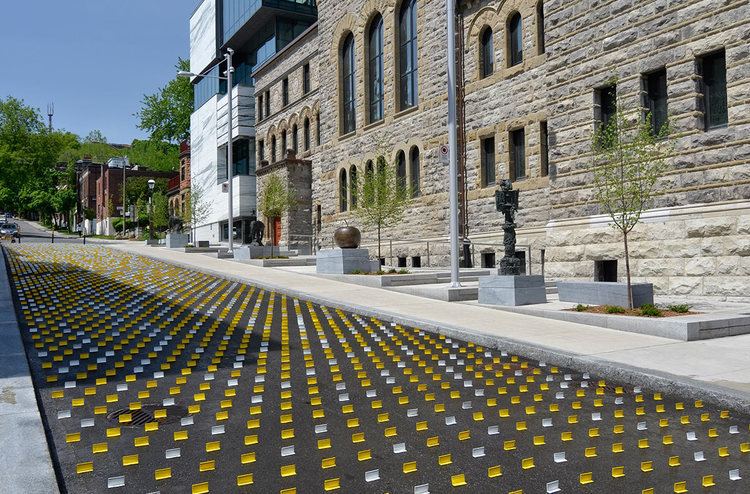
Within the conceptualist movement, the practice of Cormier and his team is distinguished by an insistence on investigating the historic, economic, botanic, ecologic and socio-cultural strata – both hidden and visible – that make up the places on which they work. Each project weaves itself into a complex network of meaning, yet remains clear in its design intent. This "weaving" results from the conjugation, or crossing, of diverse conceptual, material, and historic elements. As a result, each project possesses a certain singularity that arises from its semantic density. Cormier equally draws his inspiration from contemporary art, and frequently that which is infused with the energy of the city. Above all, he strives to be attentive to context and to dive into the memory of place in order to extract the elements that will help to create a narrative. Though not always obvious in the finished project, this narrative is the foundation upon which the conception and refinement of the project stand.

Cormier’s philosophy can be concisely summarized into the following phrase: "Artificial, not fake". What he strives for, above all, is a form of authenticity – a "true-false" – in other words, to show the constructed nature of landscape in a straightforward and honest way. A finished project must present itself as a hymn to life; to achieve this, Cormier uses an exuberant color palette, and innovates by incorporating artificial materials in surprising ways that defy their intended contextual use.
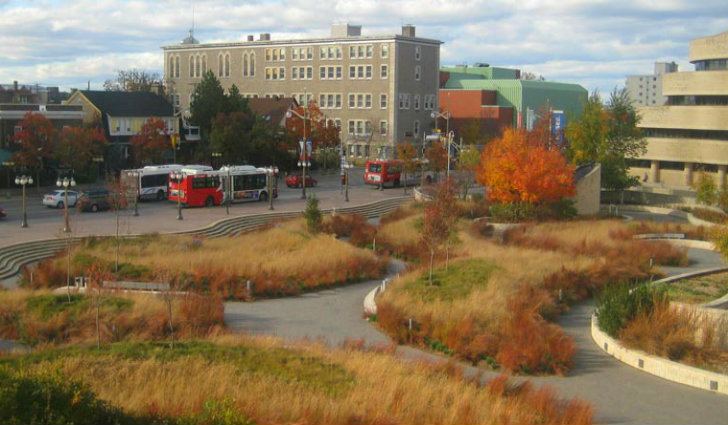
There is a spirited humour, sometimes even sharp, that emerges in many of the projects and which has actually become a sort of trademark for the firm. Cormier’s credo could be to not only play with nature, but to play nature by presenting it – in fact, by representing it – in an unprecedented manner. Conceptualist landscape architects must be bold and daring in order to stimulate, seduce and amuse in playing with perceptions. They strive to awaken fresh perspectives of the everyday that we take for granted. Their projects often act as markers of identity, simultaneously revealing and transforming the personality of both the site itself and the city around it. By reinventing urban landscapes, Claude Cormier seeks to rehabilitate public space by evoking emotion and producing meaning by blurring the lines between design and art, natural and artificial, real and surreal.
